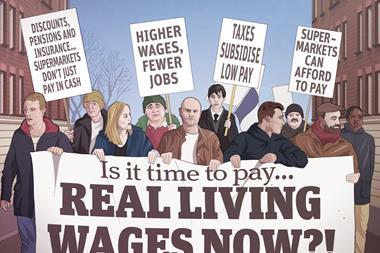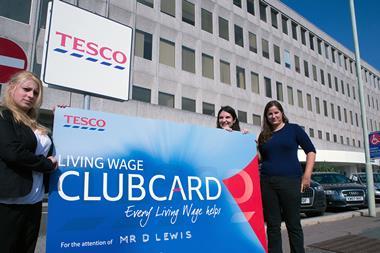
The average CEO’s immediate reaction to the compulsory Living Wage introduced by the Chancellor in last week’s Budget was most likely one of concern, as they sought to understand the ramifications an unplanned pay rise would have on their profit margins.
The measures give businesses just under nine months to make sure all workers over 25 are paid £7.20 an hour by April next year. For most this will require a significant amount of work to understand who exactly in their team is affected and pay them the right rate, using their existing payroll and processes. If this isn’t done properly then there is a real risk that the business could underpay some colleagues and fall foul of the new regulations.
However, the real question is how businesses can benefit from this change. One method will be to take this opportunity to review their operations and think about how they structure their workforce. This is an ideal time for businesses to also work out if people are in the right roles and if the current mix of remuneration is helping to drive staff engagement and productivity.
Clever employers may also choose to gain first mover advantage and pay the official living wage set by the Living Wage Foundation: currently £7.85 outside London and £9.15 in London. Unlike the Chancellor’s living wage, which is simply a high statutory wage floor, the Living Wage Foundation’s calculation is based on a basket of goods and services which are essential to everyday life.
By going full hog and paying the higher rate businesses will benefit from increased staff engagement, increased retention and brand recognition. Research by Wills and Linneker found that the impact of organisations moving to the London Living Wage resulted in a 25% reduction in staff turnover on average.
However, regardless of whether or not businesses choose to pay more, or rethink their structure, change is coming and all must be ready come the 1 April 2016 to pay this new national living wage.
Chris Stott is head of KPMG’s food and drink team



















No comments yet